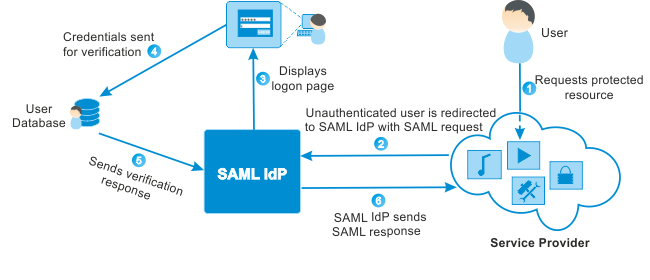How to use SSO/SAML with Django?

• What is SSO/SAML?
• Have you ever wondered how to setup your own SP using Django?
• How and where to store your user data?
• How to authenticate users and give access to your services/apps?
Let’s start with basics of SSO & SAML
- SSO - Single Sign-On. Allows Users to sign on in one website or system and automatically be signed on in another website or system. See http://en.wikipedia.org for a detailed description of Single Sign-On.
- SAML - Security Assertion Markup Language is an open standard for exchanging authentication and authorization data between parties, in particular, between an identity provider and a service provider.
- SAML Metadata
- The metadata used to make SAML work.
- Asserting party (AP) or Identity Provider (IDP)
- IDP is a service /website that provide user identity information like (username, security token and email address etc…) through Saml-2 Request/Response using HTTP-POST
- Send assertions to relying party
- Relaying party (RP) or Service Provider (SP)
- This is the actual website/client consumes the Identity information shared by the IDP through Saml 2
- Request/Response using HTTP-POST
- Consume the assertions from AP/IDP
- Assertions
- Data exchanged from AP to RP (XML Data)
- Can include user identity, authentication data, or any other attributes
- User/Actor/Browser
- Request protected resource from service provider.
- Act as bridge between SP and IDP for SAML communication.
Learn more at:
How to Setup Idp?
Coming soon
Previous Jul 11, 2020
« What happened to your resume?
« What happened to your resume?